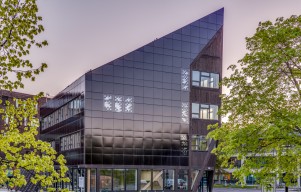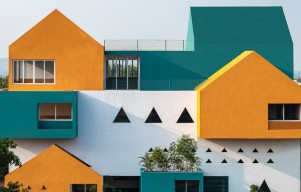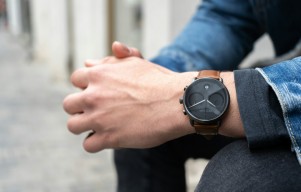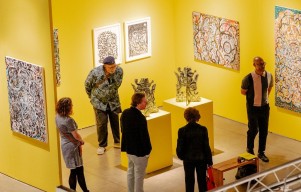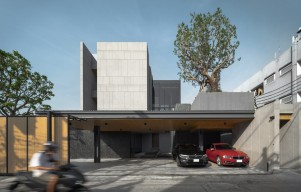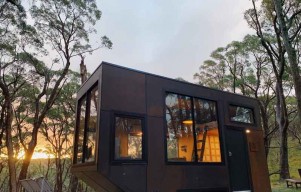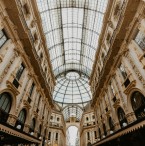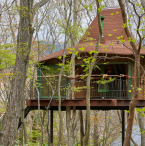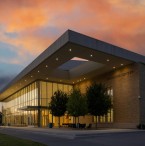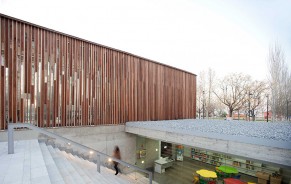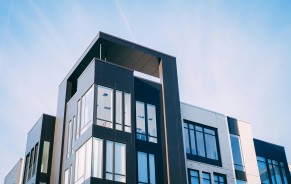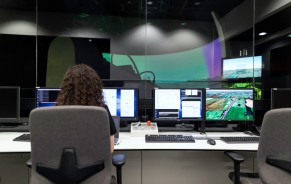History is witness to the rich historical heritage of Iranian medical science as well as scientists. A museum exhibits Iranian herbs, historical medical items, Iranian health and medicine experts as well as additional information and objects.
Dating back to at least 2,500 years, the Persian Garden is part of the museum and an architectural concept that has been part of Persian culture for ages. The museum shows the successes of Iranian medical science. The concept is being conveyed through another language, logically expressed. The museum, as well as the design, is exhibiting the heritage of Iranian medicine history, according to Arch Daily.
Inside the museum, you can see a number of sections, such as the timeline of Iranian Medicine and Medical History, small objects owned by Iranian pharmacists and physicians, Persian "scents", herbs, Iranian Pharmacists, and physicians, as well as the history of Iranian medical centers. Even promoting tourism based on Iranian medicinal herbs and plants has become important, according to Taylor and Francis Online.
Inside Persian Gardens, you can see a lot of kiosks. These would give a panoramic view of the environment, permitting them to take in the natural quality of the garden inside the building. Even in the hot, dry seasons, the kiosks would offer ventilation as well as cool breezes. Kiosks would host VIPs such as royalty or elite members. In some cases, such as Hasht Behesht in Isfahan, they could be the special place where foreign guests and merchants could be entertained. Some of them were specifically designed as venues of important meetings with guests.
When you see the Safavid architectural masterpieces, such as Sheykh Lotfollah mosque or Shah Abbas Jame'h mosque, you find their rich legacy in a bowl of tiles. Tiles of this era are rich and colorful. The tiles in this era, from a viewpoint of color richness, are a high end in Iranian tiles. Tiles of this Kiosk building are part of the famous masterpiece, Sheykh Lotfollah mosque in Isfahan. Their colors harmonize with the greenery as well as the yellow, red and velvet flowers.
These tiles are used even in the garden's center and entrance. You can see that a pearly character adds luster to the important sections of the garden. Tiles in the entrance wall give it a contemporary approach, in total contrast to the "private" Persian gardens that are historical. Iranian carpets, rugs and their motifs also have these representations. You can see the abstract interpretations of natural elements outside on the wall panels.
